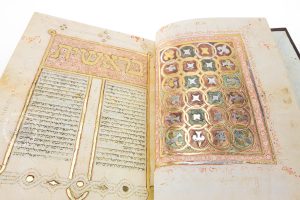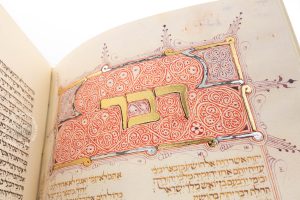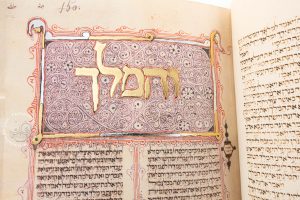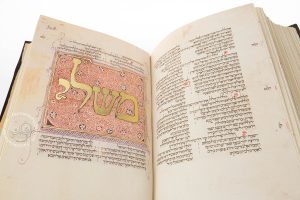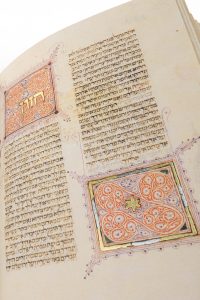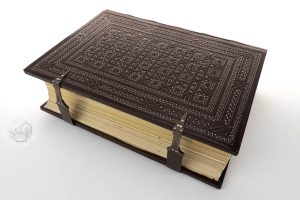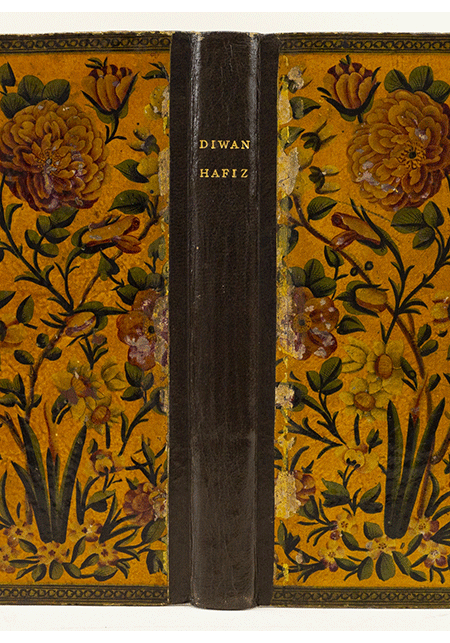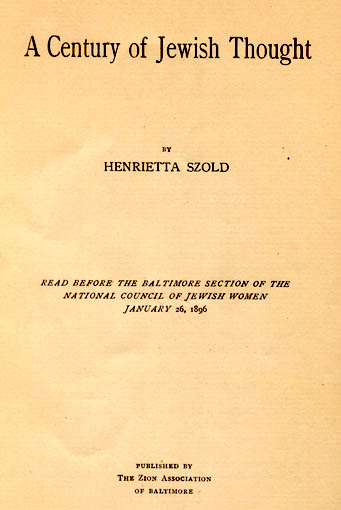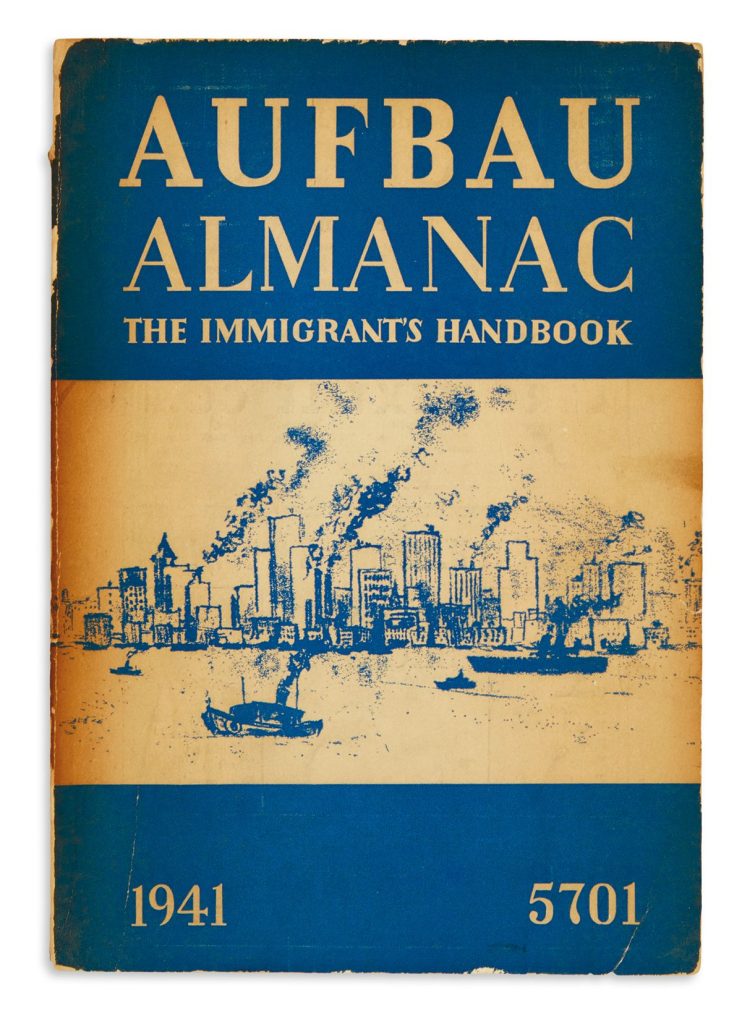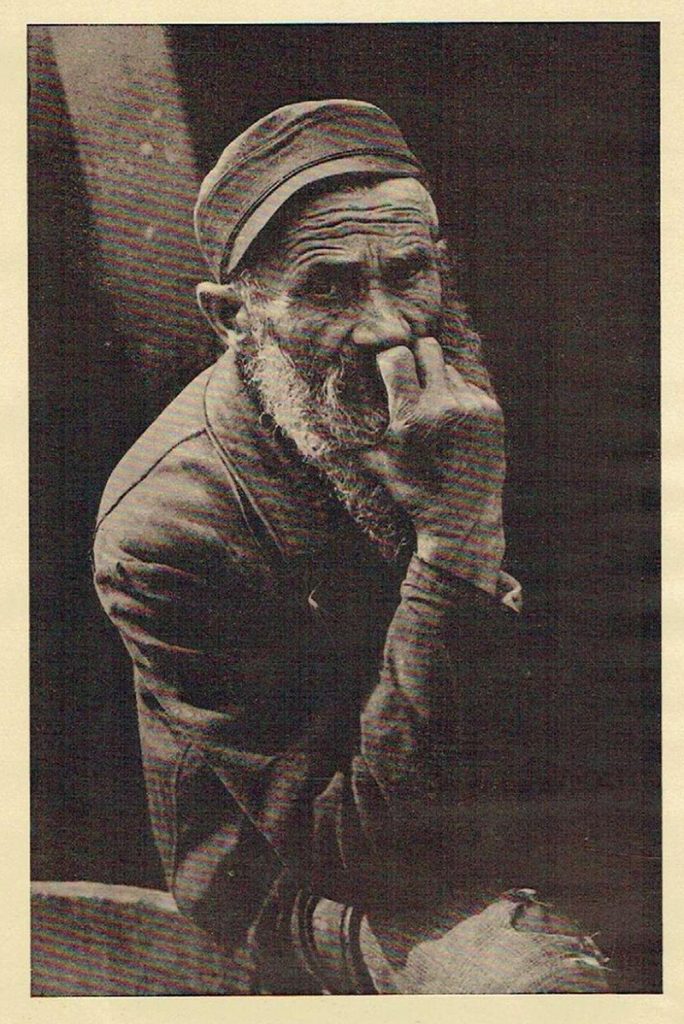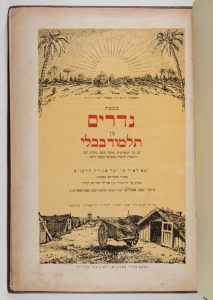The famous Biblia Hebrea, or Hebrew Bible, from the collection of the El Escorial is a significant manuscript for the history of biblical editions. The precious bible contains the 24 books of the Jewish canon and is embellished with marvelous floral and geometric ornamentation. It served the Spanish Rabbi Alfonso de Zamora, inter alia, as a resource during his collaboration on the Compultensian Polyglot Bible, considered to be the first printed multilingual Bible. The manuscript was presumably used later by Benedictus Aria Montanus while he was directing the production of an edition of a polyglot bible in Antwerp at the behest Philip II. El Escorial’s Biblia Hebrea is an extremely interesting object of historical study and a testimonial to the origins of 16th century Spanish polyglot bibles.
